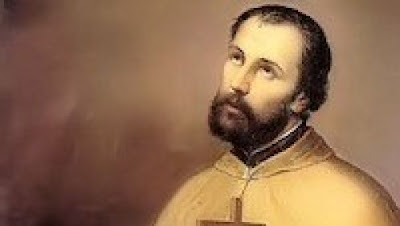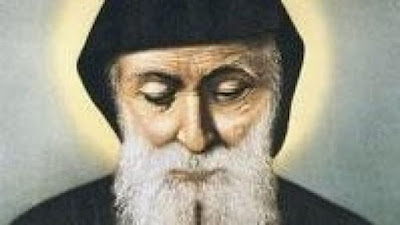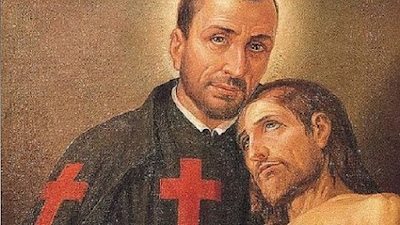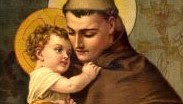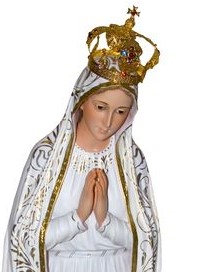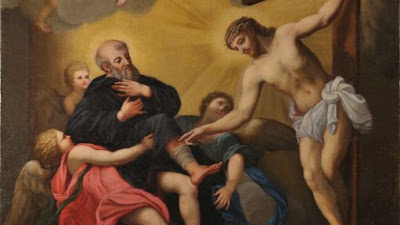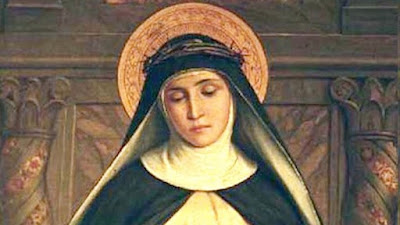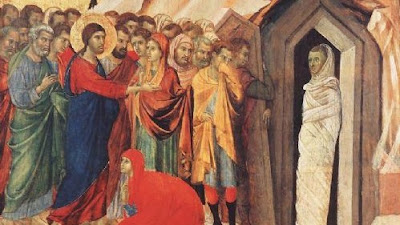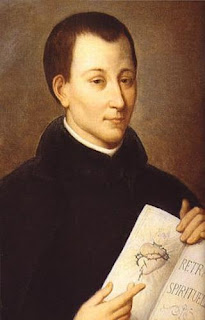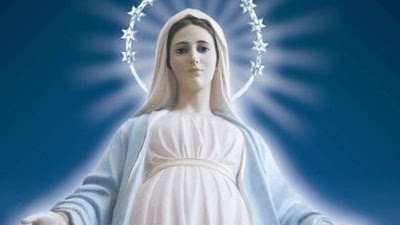The Miraculous Liquefaction of St. Januarius’ Blood

Optional Memorial - September 19th Saint Januarius is the 4th century bishop of Beneventum, who together with his companions (his deacons Socius and Festus, and his lector Desiderius), was martyred in the persecution of the Emperor Diocletian in c. 305. Beheaded at Puteoli, their bodies were reverently interred in the neighboring cities. Eventually the remains of St. Januarius became the prized possession of the city of Naples. St. Januarius, Bishop Martyr, and the Miracle of His Blood St. Januarius is known for the miracle of the liquefaction of his blood, which, according to popular piety, was saved by a woman named Eusebia just after the saint’s martyrdom. At least three times a year, on September 19, (St. Januarius’ feast day) December 16, (The celebration of his patronage of the city and the archdiocese) and the Saturday before the first Sunday of May, (the memorial of the reunification of his relics) thousands gather in Naples Cathedral in hopes of witnessing St. Jan
